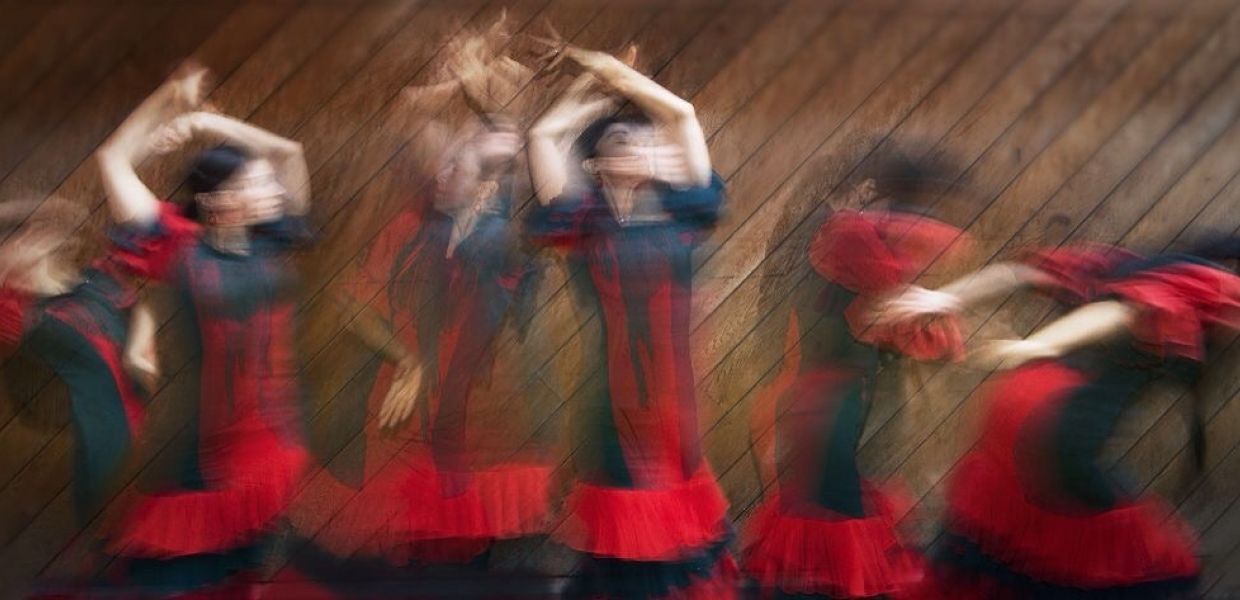What can you tell us about the work of ERIAC, and the challenges that Roma heritage faces across Europe?
Roma people have been a present and integral part of societies in Europe for over 600 years. Throughout this history, Roma have made an immense contribution to national cultures while managing to develop strategies to preserve their cultural heritage amidst persecution, discrimination and violence.
ERIAC has a unique and single mandate as the transnational, European-level organisation for the recognition of Roma arts and culture. Given this mandate, we have identified that Roma tangible and intangible heritage faces the following problems: lack of representation by national museums; often being represented as ‘other(s)’; museums having a monopoly over the discourse and narrative concerning the Roma; and lack of proper archiving of Roma cultural heritage.
As artist Delaine Le Bas and Junghaus in 2015, wrote: ‘Roma are deprived of their right to access their cultural heritage, and of their right to the production, presentation, and interpretation of their own Romani culture.’
Roma lack spaces and resources to conserve, document, develop and disseminate the diverse manifestations and artefacts of Roma culture. Additionally, Roma oral traditions, performing arts, social practices, rituals and festive events, knowledge and practices concerning nature and the universe and the knowledge and skills to produce traditional crafts is uncollected, underestimated or misinterpreted by non-Roma stereotyping, scholarship and knowledge production institutions without the corrective impact of Roma themselves.
What steps can cultural heritage institutions take to acknowledge, surface and appropriately label Roma cultural heritage in their own collections?
In many cases, the heritage of cultural communities has suffered from misrepresentation and underrepresentation. For example, a recent mapping of tangible heritage conducted by ERIAC revealed that while European museums hold numerous objects representing the Roma community and culture, these are often in storage areas, mislabelled and not shown to the public. Depictions and interpretations of Roma culture and community in existing collections are sometimes problematic and do not reflect the views of the community itself.
We know that the Council of Europe and the European Network against Racism have documented the roots of Anti-Gypsyism. Structural and institutional racism against Roma is a root cause of their exclusion across Europe. What is needed is a dismantling of structural racism and dispelling of prejudices so that Roma can become equal citizens. They must be considered as active creators of cultural heritage content. Cultural heritage institutions can model the LabDay methodology, created under the WEAVE project, to challenge hierarchies and include those community groups in their everyday activities.
How has ERIAC worked to encourage people from all over Europe to engage with Romani heritage?
Social media platforms and access to digital content created for and by Roma have helped ERIAC to engage with Romani heritage, bring content beyond borders, encourage a sense of community, belonging and pride, and network and connect with Roma organisations and individuals from all over Europe. The WEAVE project LabDays also offered a great space, methodology and forward-thinking approach to decentralising power dynamics and encouraging inclusive and accessible events, while facilitating important discussions.
ERIAC is a partner in the WEAVE project - can you tell us about the work that has been achieved through the project around Romani heritage?
When considering social-cultural groups and vulnerable groups, the particular case of the Roma community - which the WEAVE project addresses - is especially important. This is in part because, due to its complexity, the framework needed for tackling issues around the community’s heritage can be applied to other groups as well.
WEAVE had an impact for the Roma community as it had a clear participatory approach. The coordination and careful consideration of the project consortium will foster support for Roma heritage, and its outputs and its methodology will be a model for future EU funded projects and cultural heritage institutions. The Europeana WEAVE events series on Diversity and Inclusion and the WEAVE LabDays were a great way to create capacity-building opportunities for key stakeholders such as artists, academics, community representatives, cultural heritage institutions, curators, educators and individuals from marginalised communities.
Through the WEAVE project, data related to Roma heritage has been shared with Europeana, which is a milestone and a major achievement. This process of providing content not only empowers Roma as creators of cultural heritage but simultaneously allows for a representation to exist that challenges erroneous information. Digitised Roma cultural heritage is a great opportunity for all European citizens, and those further afield, as it allows open access information for people to engage with, learn from and reuse.
Can you tell us more about the content shared with Europeana?
The content selected by WEAVE content providers for publication in the Europeana website showcases the richness and variety of digital representation of tangible and intangible heritage. Matching the high criteria of content and data quality required by the Europeana Publishing Framework, and fully available for educational and other types of reuse, these collections are a great resource for any person interested in the rich and invaluable cultural heritage of cultural communities. They are also showcased in a set of engaging editorials and an online exhibition ‘The Renaissance of Romani Re-presentation’.
The collections aggregated through WEAVE are varied, in content and in item types. The content aimed to cover tangible and intangible cultural heritage material, offering digital items of built heritage, artworks, posters, historical photographs and representation of traditional practices from different communities.
The fact that the Roma community is included in this online European platform is powerful. This moment deserves to be celebrated as we have a mix of traditional materials, including content from TopFoto and contemporary items from ERIAC and Coventry University, that speak to the diverse heterogeneous Roma community.
Find out more
Would you like to learn more about the WEAVE project and framework it has developed? Watch the WEAVE LabDays and Europeana WEAVE event series on Diversity and Inclusion, or explore the WEAVE LabDays methodology and workbook.


